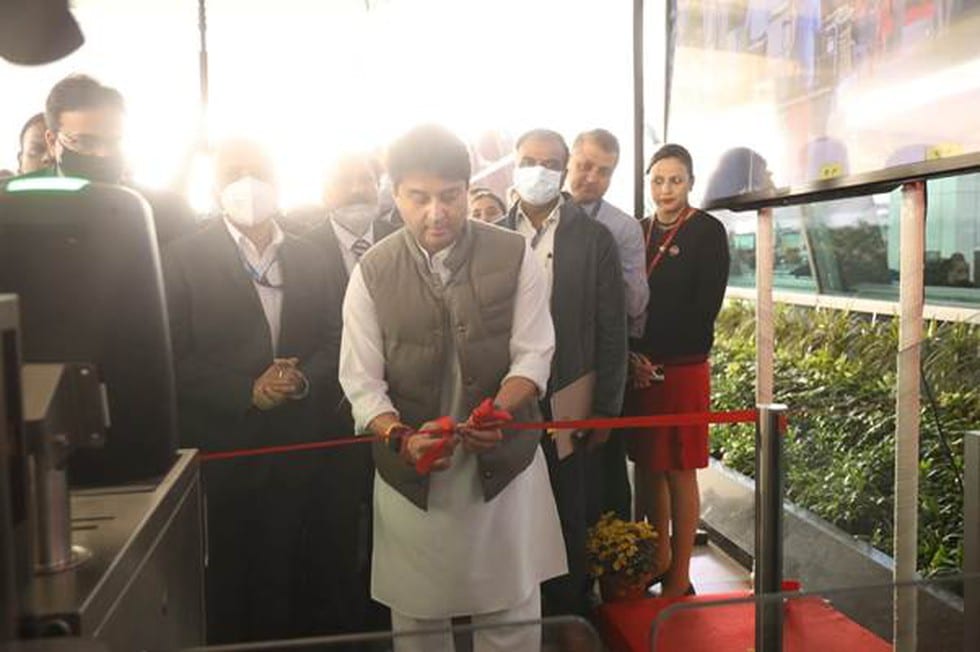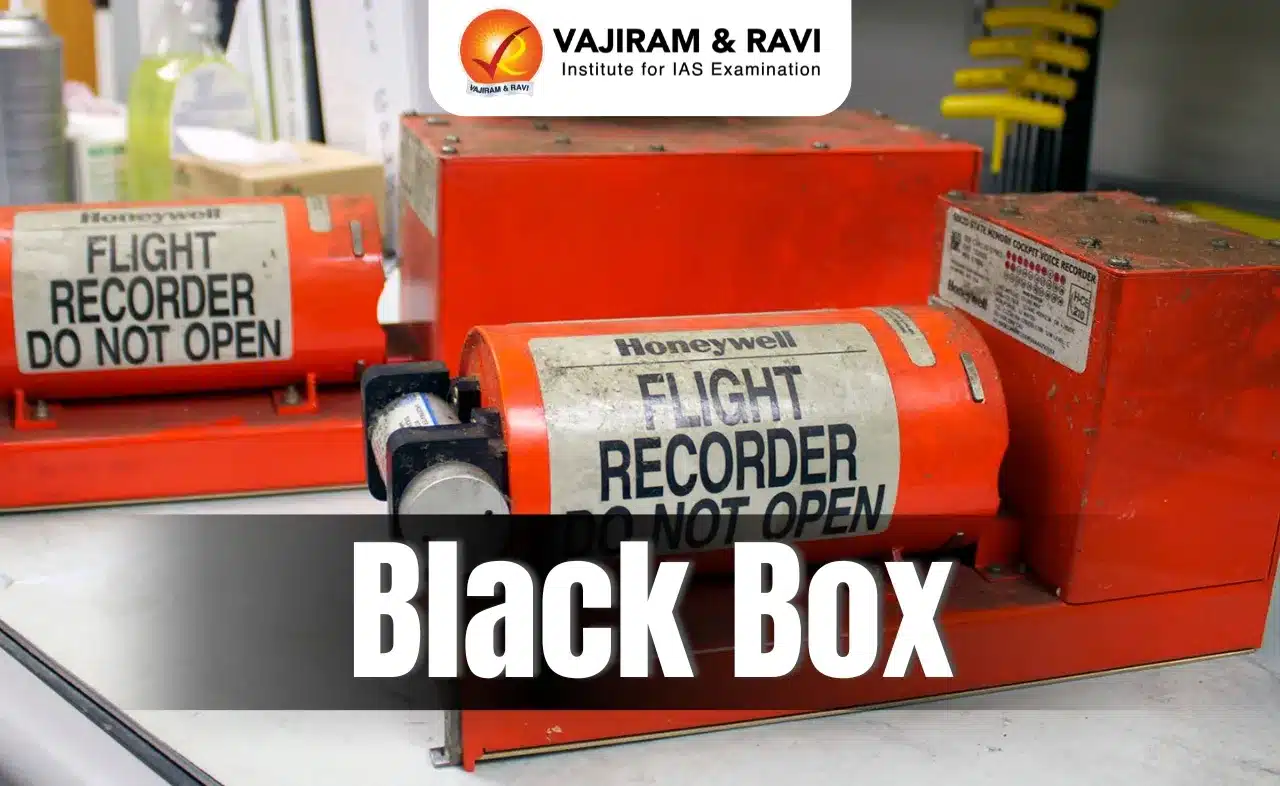What is Digi Yatra?
- Digi Yatra is conceived to achieve contactless, seamless processing of passengers at airports based on Facial Recognition Technology (FRT).
- To use this facility, one-time registration on Digi Yatra app is required using Aadhar based validation and a self-image capture.
- The project has tremendous advantages of improving passenger convenience and ease of travel.
- With Digi Yatra, India will now stand in the ranks of world class airports like Heathrow in London and Atlanta in United States of America.
- Privacy features of the project:
- There is no central storage of Personally Identifiable Information (PII).
- Passenger’s ID and travel credentials are stored in a secure wallet in the passenger’s smartphone itself.
- The uploaded data will utilise blockchain technology and all the data will be purged from the servers within 24 hours of use.
- It saves passenger time.
- For example, Dubai Airport where passenger time upto 40 percent was saved due to this technology.
- A similar technology saved nine minutes per aircraft time at the Atlanta Airport.
- The service is presently being launched for domestic flights passengers only.
- It is voluntary is nature.
Q1) What are the 3 classifications of personal identifiable information (PII)?
Personally Identifiable Information (PII) must be treated as Internal Data and elements of PII may be classified as Sensitive, Confidential, or High-Risk Data.
Q2) Who invented facial recognition?
The earliest pioneers of facial recognition were Woody Bledsoe, Helen Chan Wolf and Charles Bisson. In 1964 and 1965, Bledsoe, along with Wolf and Bisson began work using computers to recognise human face.
Source: PIB
Last updated on June, 2025
→ UPSC Notification 2025 was released on 22nd January 2025.
→ UPSC Prelims Result 2025 is out now for the CSE held on 25 May 2025.
→ UPSC Prelims Question Paper 2025 and Unofficial Prelims Answer Key 2025 are available now.
→ UPSC Calendar 2026 is released on 15th May, 2025.
→ The UPSC Vacancy 2025 were released 1129, out of which 979 were for UPSC CSE and remaining 150 are for UPSC IFoS.
→ UPSC Mains 2025 will be conducted on 22nd August 2025.
→ UPSC Prelims 2026 will be conducted on 24th May, 2026 & UPSC Mains 2026 will be conducted on 21st August 2026.
→ The UPSC Selection Process is of 3 stages-Prelims, Mains and Interview.
→ UPSC Result 2024 is released with latest UPSC Marksheet 2024. Check Now!
→ UPSC Toppers List 2024 is released now. Shakti Dubey is UPSC AIR 1 2024 Topper.
→ Also check Best IAS Coaching in Delhi






















